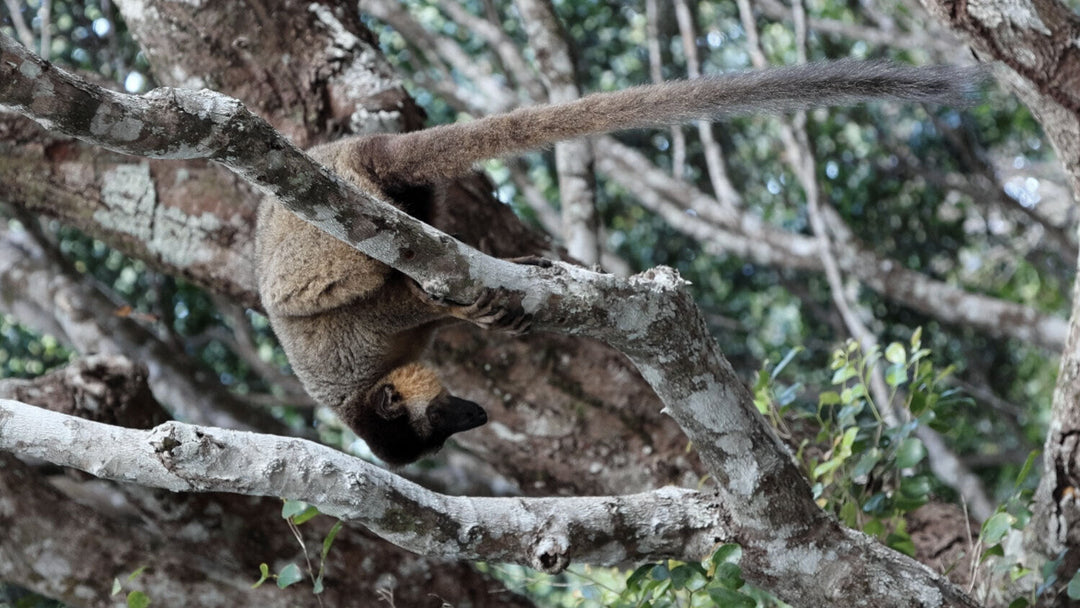Getting the most out of camera traps on the pine marten project
Camera trap surveys are our main research method on the Yorkshire Pine Marten Support Programme.
This blog post gives some insight into why we think they’re ideal for this kind of project and how we set up our cameras.

Over the past 5 – 10 years camera traps have changed a lot on the proper cameras. Image quality is better, energy efficiency has improved and larger memory cards are getting cheaper. Running camera traps on video mode is now a more viable option for getting good quality captures and showing us more about the species we’re studying, while creating more engaging wildlife records for wider audiences.
So does photo mode still have a role in camera trap projects? It certainly does but it depends on the aims of project. Photos are a great way of detecting presence of a species and capturing a dataset that’s relatively quick to review. Videos, on the other hand, take this one step further and can show us more about animal behaviour, but of course they take a lot more time to review and fill up a lot more space on memory cards and hard drives.
The video above shows a pine marten in Yorkshire scent marking, which could have been missed with a photo capture alone, but a key consideration with video captures is that the animal won’t necessarily give you a good clip to work with. It could be moving too fast or too far away, for example. If you’re lucky you may see some interesting behaviour, but more often than not, videos tend to capture an animal simply passing by.
So how can you get more out of video captures? The four stills below are taken from videos of badgers, in all cases they were interested in the peanut butter left as bait. Reviewing these videos side by side the differences aren’t immediately obvious, but taking stills from videos can help to highlight particular traits of a capture. In this case we can see the charismatic nature of these animals from stills alone.

Camera trapping on the Yorkshire Pine Marten Support Programme
A common question we’re asked about how we use camera traps is do they trigger every time an animal moves by? Not quite - but by design!
If we were to set our cameras without delays between captures, we’d go from hundreds to thousands of captures per camera each month. One of the challenges with setting camera traps is managing the amount of data you’re gathering on more abundant species in an area. Species behaviour plays a part in this, if an animal finds a food source, they may well come back another day to see if the stocks are replenished.
Since we bait our cameras with food, we have a trade-off to manage: the bait draws in a wider range of species and gets them to stick around in front of the camera for a moment (great!), but depending on the type of bait, this can also draw back individuals over, and over, and over… we’re looking at you, mice, squirrels and jays!
The decision for how often and for how long a camera trap triggers is dependent on project aims, combined with logistics such as how frequently a camera can be visited to check batteries, memory space and download data. It’s also important to not overly disturb an area with human presence by coming back too frequently, this is critical when searching for elusive carnivores - it’s all a balancing act!
For the Yorkshire Pine Marten Support Programme, our primary objective is to detect pine marten presence, but we have an additional objective to observe and record the diversity of species in the areas we work in. To manage the amount of captures and in turn the amount of time it takes to review this footage, we record video clips set to 20 seconds and set for delays of 5 minutes between captures. This means that a camera will trigger, record for 20 seconds, then delay triggering again for at least 5 minutes and until an animal comes in range.
Is there a risk we might miss a marten on a camera trap if it visits in between triggers? Yes, but we manage this risk by running camera trap surveys involving multiple cameras well within the smallest known range of a pine marten, so the chances are that if our bait drew an individual into one camera site, their sensitive sense of smell will draw them to another camera close by. Additionally, we survey the same areas multiple times across seasons, for around 2 months at a time.
Camera trapping for a target species is largely about time<br> and place. The odds of capturing the species you’re looking for are improved by<br> using field signs and insights from recent reported species sightings, tried<br> and tested baiting techniques and using multiple cameras that are set out at<br> appropriate distances based on species range. Too far apart and you might miss<br> something (spreading the cameras too thin), too close together and you don’t<br> cover enough ground (spreading too thick!).
It’s important to note that we would adjust our survey method if one of our camera locations was to capture footage of a marten. At this point we’d want as much information about the marten(s) in that area as possible, so we’d setup some additional cameras in the area outside of our regular surveying, cut down the delay between captures and record longer clips, along with deploying complimentary survey methods such as hair tube surveys to capture fur for DNA analysis.

So there you have it - there's often more to it than just getting some camera traps out, but with some thought you can turn them into powerful data-gathering machines!


